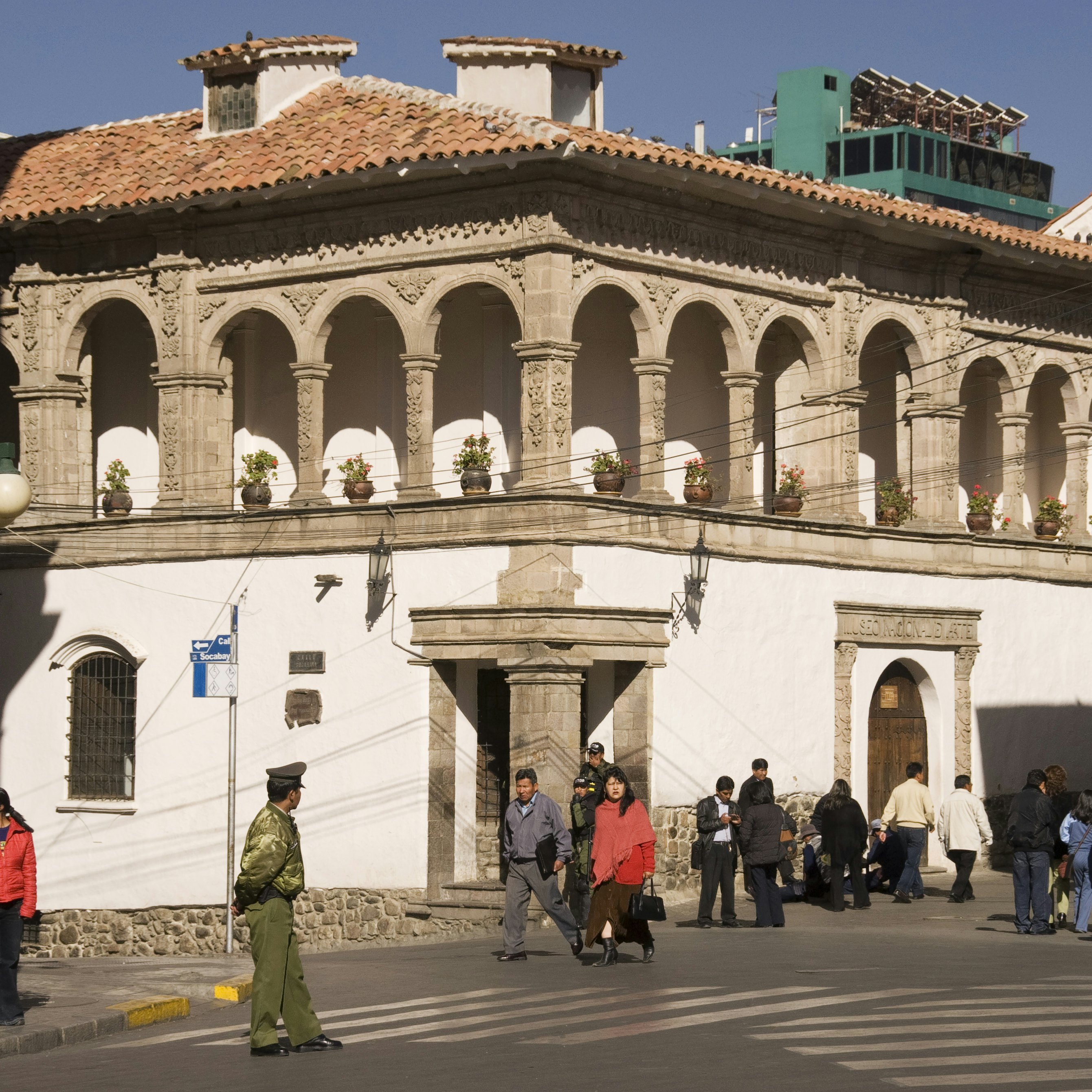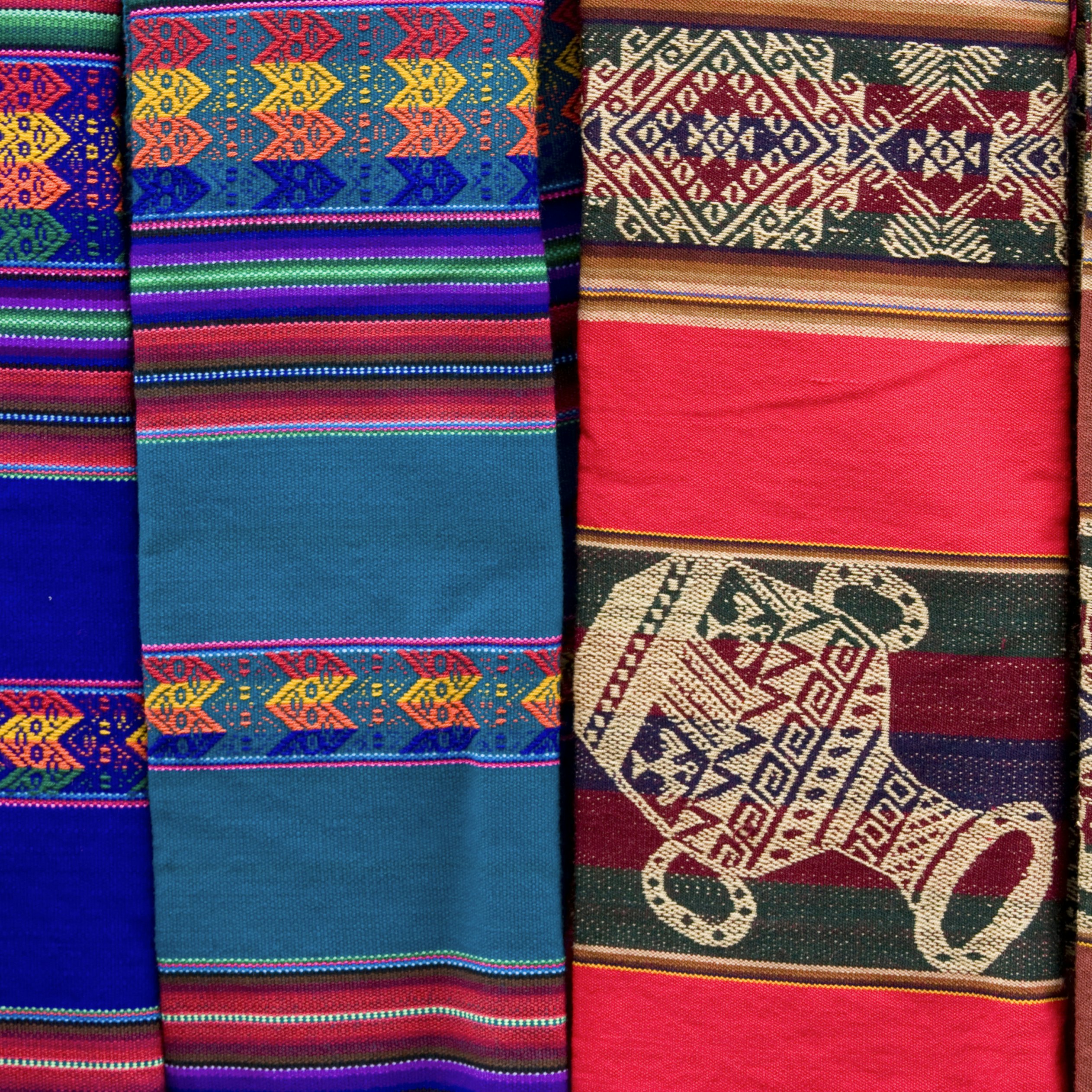

Overview
A mad carnival of jostling pedestrians, honking, diesel-spewing minivans, street marches, and cavalcades of vendors, La Paz surrounds you: you'll love it, you'll hate it, but you can't ignore it. The city seems to reinvent itself at every turn – a jaw-dropping subway in the sky brings you from the heights of El Alto to the depths of Zona Sur in the blink of an eye. Standing hotels are remodeled at a manic pace, and new boutique hotels are springing up like rows of altiplano corn.
Plan your trip with Guide, an AI travel planner!
Create a personalized trip itinerary in seconds using artificial intelligence.
Must-see attractions
Get a book. Get inspired. Get exploring.
in partnership with getyourguide















